Oil on panel
Charles Roussel
Late 19th century
Dim : 24 x 24 cm
Dim avec cadre : 39,5 x 40,5 cm
Charles Émile Joseph Roussel (1861–1936) was a French painter born in Tourcoing. Coming from a bourgeois Catholic family, he was the cousin of composer Albert Roussel. He began his artistic training at the Academy of Tourcoing and later studied at the École des Beaux-Arts in Paris under Alexandre Cabanel. He also trained with Jean-Joseph Weerts and Francis Tattegrain at the Beaux-Arts Academy in Lille.
In the 1880s, Roussel traveled through the Basque Country, Italy, Spain, and southwestern France. In 1886, he spent time in Pont-Aven, where he worked briefly alongside Paul Gauguin, before settling permanently in Berck-sur-Mer on the advice of Tattegrain. There, he focused on maritime life—fishing scenes, dune landscapes, and women gathering shrimp—depicted with sensitive naturalism.
Roussel exhibited regularly in Paris at the Salon des Artistes Français, becoming a full member in 1887, as well as at the Salon des Tuileries. His work also reached international audiences, with exhibitions in Saint Petersburg in 1903, the Saint Louis World’s Fair in 1904, and Buenos Aires in 1909.
Today, his paintings can be found in public collections, including the museums of Tourcoing, Nice, and Berck-sur-Mer. His art offers a valuable record of coastal life in northern France at the turn of the 20th century, marked by quiet realism and a deep respect for the rhythms of everyday life.


























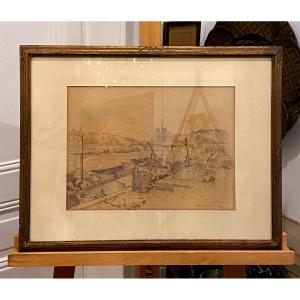

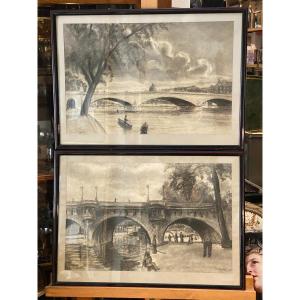
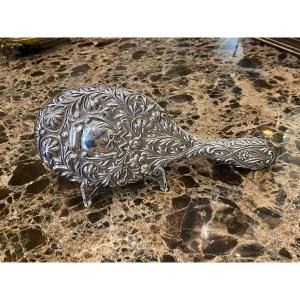
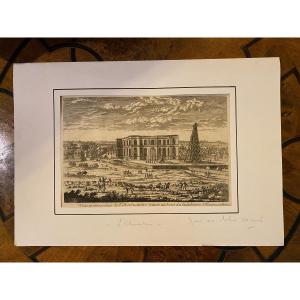


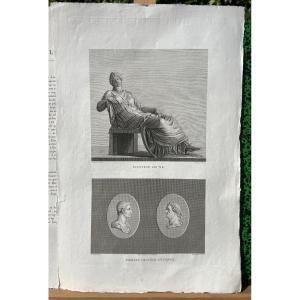
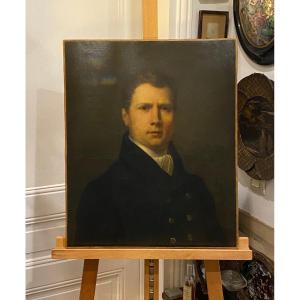



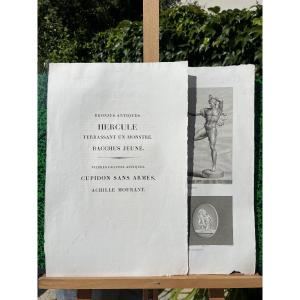








 Le Magazine de PROANTIC
Le Magazine de PROANTIC TRÉSORS Magazine
TRÉSORS Magazine Rivista Artiquariato
Rivista Artiquariato